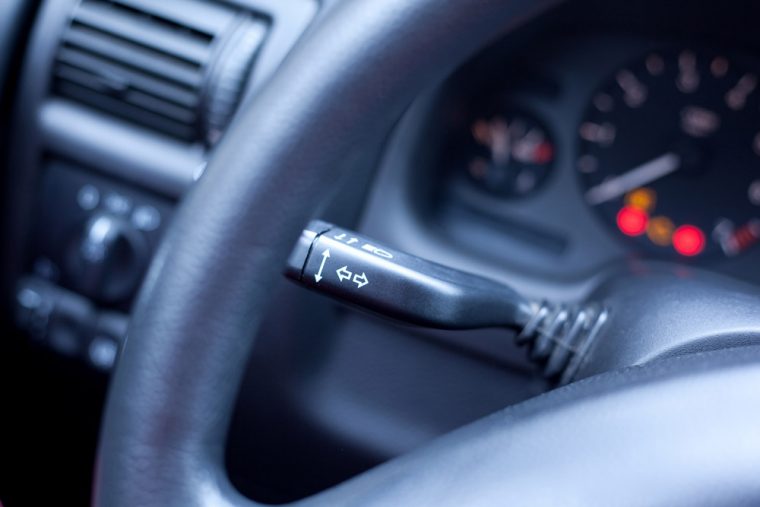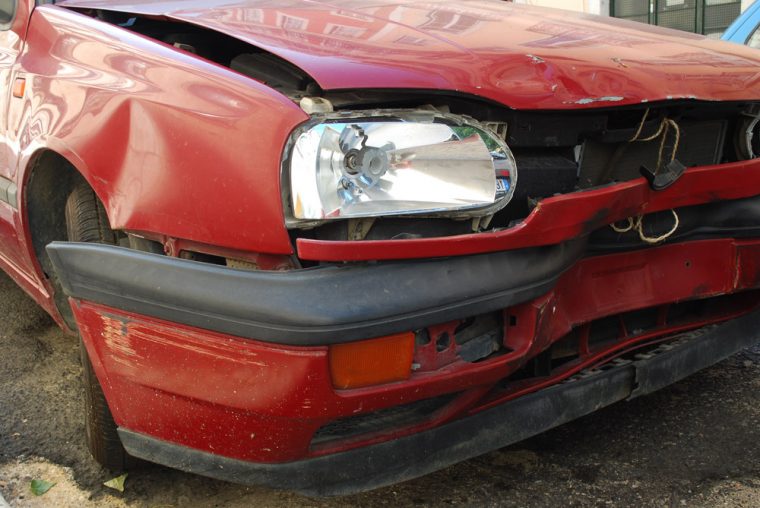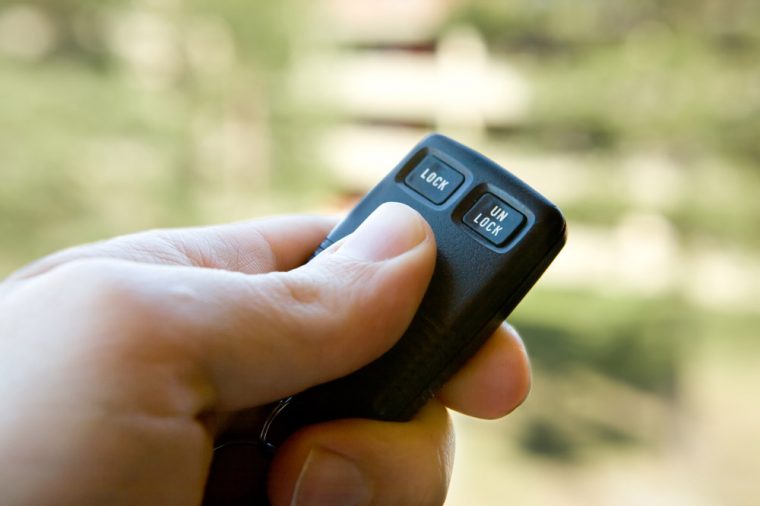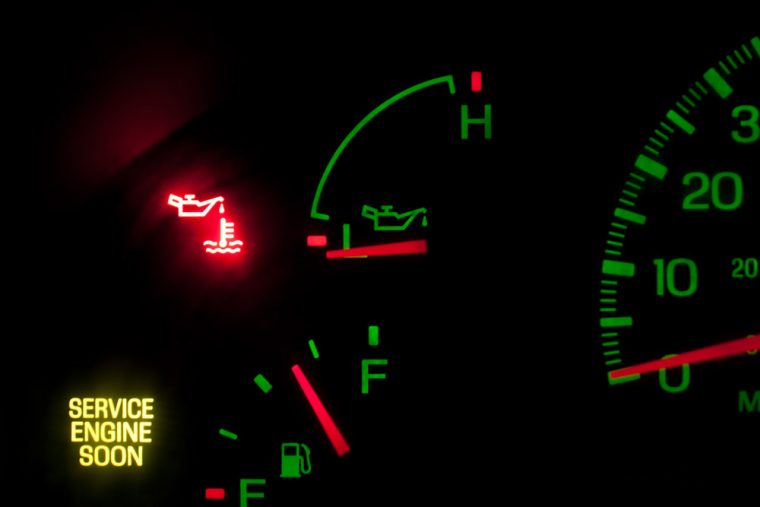
There are only two situations where you need to read the instructions: when you’re assembling IKEA furniture and when you buy a new car. Okay, maybe there are more situations than those two, but have you ever tried assembling IKEA furniture without the instructions?
Your hesitation is understandable. Owner’s manuals contain all this information about routine car maintenance and when you need to take it back into the dealer. When you get a new car, the last thing you want to worry about is maintenance (or reading−you just want to drive the damn thing!). But before you put the owner’s manual in the glove box, never to be acknowledged again, consider these additional reasons why you should give the manual a chance.
Once you’re done reading through the manual, just slip it into your glove compartment. No one expects you to remember everything you read in there, so it’s always nice to have it on-hand for reference. Plus, you’re probably not going to need it anywhere except the car.
[wptab name=”Extra features”]
Extra features
Let’s be honest: this is the main reason why people want read the owner’s manual. While the manual does include a list of all the recommended regular maintenance, it also includes all the fun little gadgets that come with your car. Sure, the salesman probably briefed you on some of the basics during your test drive, but it’s entirely likely that your new car comes with all kinds of nifty features you didn’t even know about. You can’t take advantage of those fun features if you don’t know about them.
[/wptab]
[wptab name=”Safety”]
Safety
Yes, a boring one, but bear with us−this one’s important. Most of the time, we can take home whatever new device we’ve just purchased and simply mess around until we’ve figured out how it works. Cars are a little different. If you’re unaware of where some of the basic features are on your car (windshield wipers, turn signals, cruise control, etc.), you’re likely to begin fumbling with buttons while you’re driving. This means that while barreling at 70 mph down the freeway, your attention is on the inside of your car, not on the road. Reading the owner’s manual can help prevent on-the-road distractions such as these, because you will know exactly where all of your basic features are hiding before you hit the open road.
[/wptab]
[wptab name=”Customization settings”]
Customization settings
In this day and age, cars are often smarter than we are. They remember things, including you. Many new cars allow you to customize your settings (seat adjustments, steering wheel adjustments, etc.) in accordance with your car key. That way, every time you start your car, it knows who is driving and how you like to drive. This is especially helpful when sharing your car with a spouse or other family members. Reading the owners manual will help you learn how to adjust those settings, making the car truly yours.
[/wptab]
[wptab name=”Dashboard lights”]
Dashboard lights
How many times have you been driving and a light comes on and you think, “What does that mean?” Most of us have. But don’t fret−the owner’s manual has all the answers. You don’t have to memorize the list, but knowing what some of the more important, potentially dangerous, lights are for will help you have peace of mind.
P.S. If your check engine light is still on and you keep thinking, “I should really get to that,” this is your (second) sign−take it in for maintenance.
[/wptab]
[end_wptabset]
The News Wheel is a digital auto magazine providing readers with a fresh perspective on the latest car news. We’re located in the heart of America (Dayton, Ohio) and our goal is to deliver an entertaining and informative perspective on what’s trending in the automotive world. See more articles from The News Wheel.











